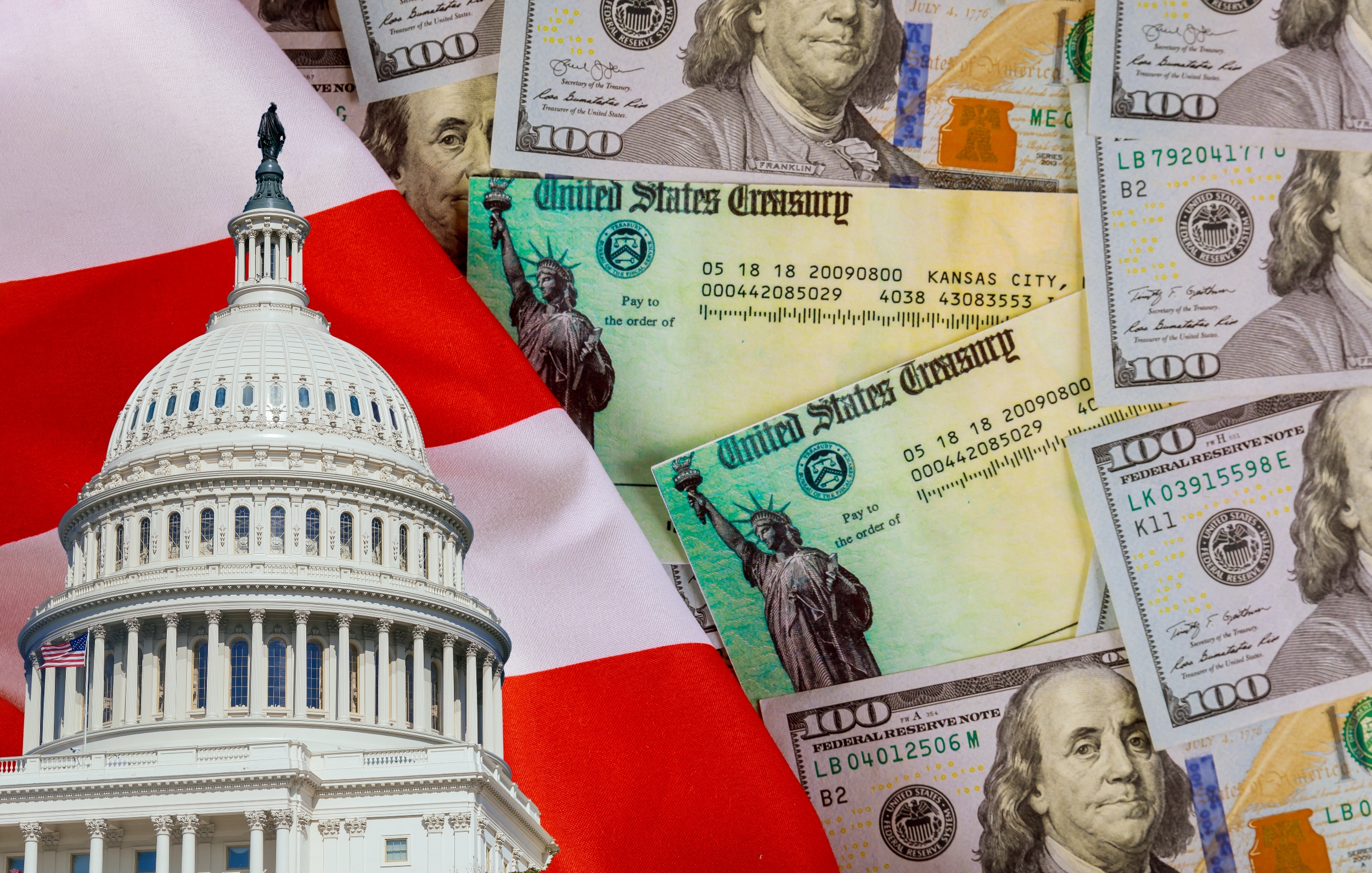Governments offer a variety of grants and scholarships for all kinds of applicants, from genius academicians to skilled entrepreneurs to talented creatives. Thus, some artists or people wishing to set up a new art-related project may turn to governmental authorities and garner some funds for their endeavor. Yet, many critics associate state funding of the arts with censorship and control, which necessarily means the loss of creative freedom and independence. Here, we initiate an honest discussion of government funding for the arts: pros and cons of receiving state support for an art project.
Government funding for the arts: pros and cons
On the one hand, receiving financial support from the government seems to be a good idea. It gives a solid start to creative projects and ideas, helping artists and gallery owners avoid the problem of attracting investors. However, the decision to partner with state agencies on an inherently free, unbiased project may cause criticism on the part of the art community. Let’s take a look at both sides of government funding for the arts: pros and cons.
Pros
Here are the perks an artist or art-related entity owner can reap from state funding:
- Financial support for artists who are just starting out has a solid economic impact on art initiatives.
- Cultural enrichment and promotion of emerging voices on the local art stage.
- Contribution to art-related education and creativity.
- Social benefits for artists and the governments in the form of socially focused art programs.
- Leveraging private funding through public-private partnerships.
Cons
Here are the drawbacks and public backlash a creative receiving governmental support should anticipate:
- Competition for limited state resources can put artists with non-mainstream perspectives at a disadvantage.
- Risk of censorship and state control.
- Government funding is subject to thorough accountability and control, making it problematic to use for artists with a lack of financial skills.
As you can see, things are not that straightforward when it comes to state funding for the arts. On the one hand, this financial assistance can help creatives succeed in the market and overcome the problems of a start-up. On the other hand, it can push their audiences back, especially if the artist used to enjoy a reputation as an independent, rebellious creator. Therefore, it makes sense to weigh all the pros and cons before announcing a partnership with the government, making sure that this move doesn’t contradict your reputation and positioning.

